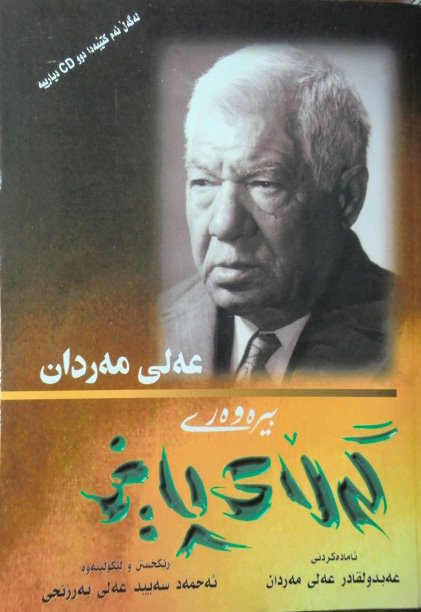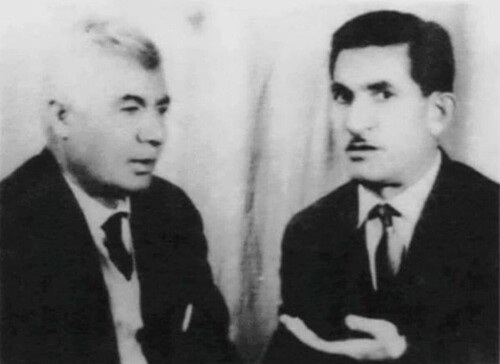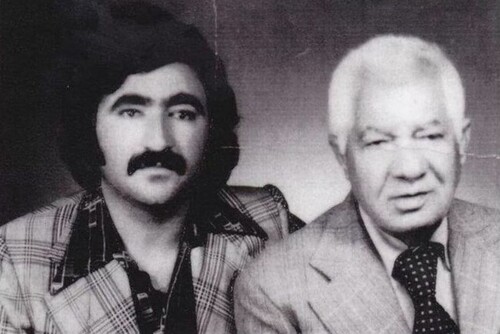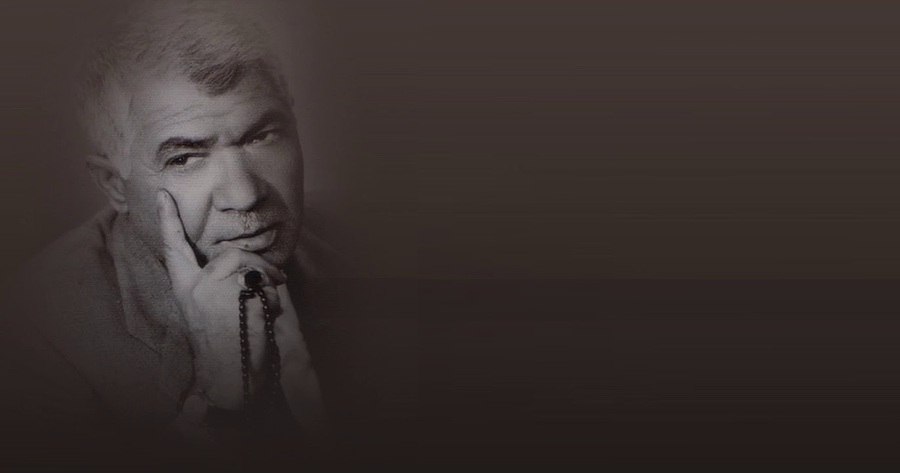"Galay Paieez" (Autumn Leaf) is the name of a book in which the memories of one of the greatest Kurdish artists, Ali Mardan, have been collected. In fact, I know Ali Mardan via his songs like most of the people in Kurdistan; as if Ali Mardan, like other Kurdish singers, had learned several Kurdish Maqams and songs in the Allaweisy framework and other forms of Kurdish songs in a self-taught way and had recorded them randomly. However, after reading 400 pages of this artist's memoir, I found out that not only Ali Mardan was a talented artist with a special style and a professional in music, but I also realized that he was a precise man who possessed his plan and professional knowledge in the music field. Before I discuss Ali Mardan's thoughts and art from various aspects based on his memoir, I would like to talk about the style in which he wrote his memoir. He has narrated his memories based on a special method. That is, he has not narrated his biography in a linear form from birth to death. He has rather mentioned those parts of his life that were more important for his artistic life, lingering on them and retailing them in detail for the readers.
Each part of Ali Mardan's memoir has a special name. It is clear that he did so for a reason. For example, the first part is titled, "Childhood Vague Memories". He talks about his family origins and his hometown, i.e., Kirkuk. He narrates some of the cultural and traditional customs of Kirkuk at that time that are very important for the readers to know them especially the cultural sociologists who research about culture. We will discuss these later.

In the second chapter of his memoir, called "Laylan and Sheikh's Mansion", although the wrong culture of the society becomes the building block of this chapter which is seizing parentless children's wealth, the great role of the lords' mansions and Takya (a place where Sufis used to gather) and Sheikh's Khanaqas is discussed in helping the artists to gather and develop their art. He also mentions how these meetings and gatherings helped him to discover his talent in music and choose his future path in such an atmosphere where all social and cultural classes were present. In the third chapter, "A Homeless Lover", he talks about his love life. An experience that happened to him when he was eighteen years old and remained with him until the last chapter of this book. The love of an artist for his cousin.
The next chapter is about his life in the diaspora; this chapter's title is "Haftaghar and its sufferings". This chapter explains how he left his village, Lailan, for the first time and lived in Haftaghar. He finds a shelter for the first time. However, this shelter was ruined later since the family he was staying with faced a social problem that changed that family's life and Ali Mardan's future.
In the next chapter, which is the fifth chapter called "Towards Baghdad", his long journey that lasted till the last days of his life begins. A journey that began with homelessness and sleeping in Sheikh Abdul Qader Gailani's Khanaqa and on the streets to reach the highest stages in his artistic life. a journey in which he had to live with laborers and workers, the poor and homeless people of Baghdad to a life that he gained step by step reaching a level where he could contact and have relations with the greatest Kurdish and Arab artists, poets, writers and politicians in Iraq, Egypt, Jordon and other countries.
Through this journey, he retailed most of his life's stages which are very useful to know about for people, especially the Kurdish people.

Hassan Zirak and Ali Mardan
What this artist retails and what has happened to him in Baghdad and other countries are full of data and new experiences for Kurdish readers and music fans in Kurdistan that should be taken seriously. What is very interesting in Ali Mardan's autobiography and is valuable is that none of the chapters are about ordinary events but rather they all contain new and mesmerizing events and information. He reveals untold information about Kurdish art, music, and society in each of these chapters.
It means, he did not just emphasize his personal step-by-step life experiences (that can be seen in most of the memoirs and autobiographies that may not be very important to the readers) but Ali Mardan narrates the important parts of his life intentionally that he had to share them with his people, his nation and the fans of music.
For example, how this artist was able to enter the world of art in a professional way. Who were the Kurdish and Arab artists he formed a relationship with? What was his relationship with those artists based on? Did the Kurdish and Arab artists who were as good as him have any influence on him and his works? And did he influence them?

Ali Mardan and Mohammad Jaza
To what extent did he know music scientifically? What was his role in developing Kurdish music? Did Ali Mardan teach music in Baghdad's art institutes or was he famous among Arabs? What kind of relationship did he have with Arab music in Iraq, Egypt, Jordan, and Syria? What was his relationship with Kurdish music? Which one of the Kurdish artists praised Ali Mardan and his abilities? Which stage of his life did Ali Mardan dedicate to which Kurdish artist? Who were the artists that accompanied Ali Mardan as musicians? Were they all Kurdish artists or were they Arabs as it has been said? All of these questions will be answered in the next part of Ali Mardan's memoir for the readers. We will reveal each one of them in the next parts of this article.









